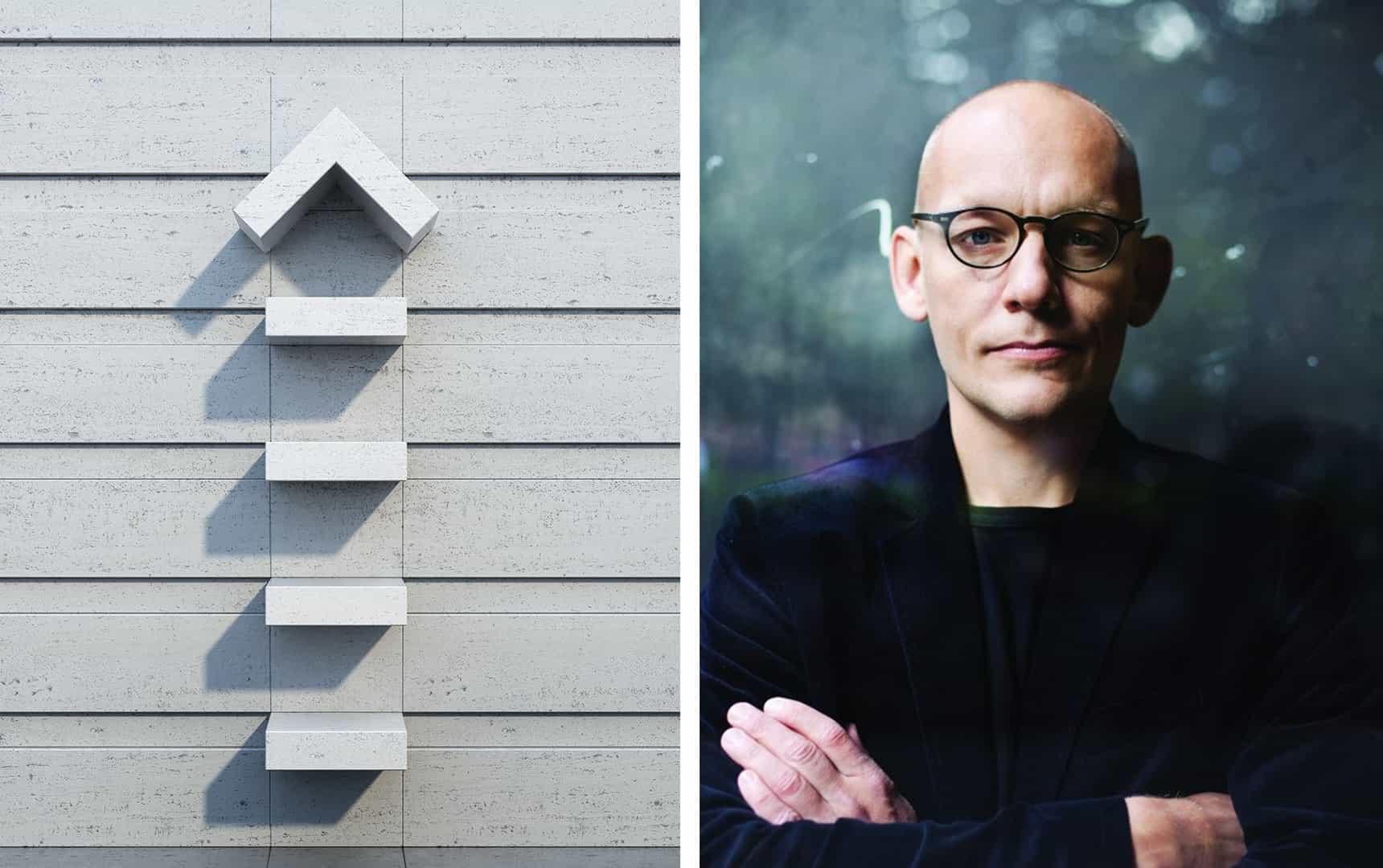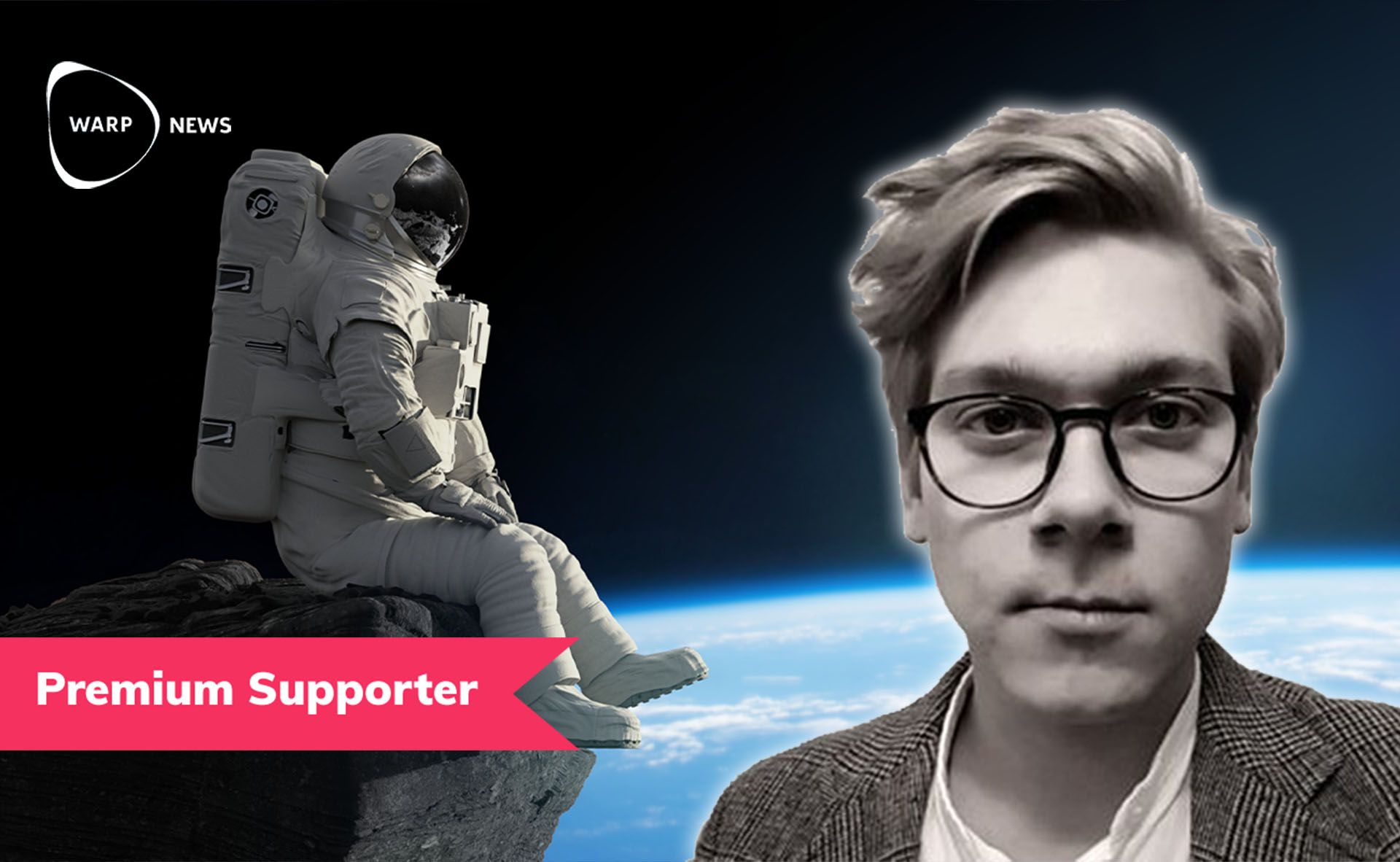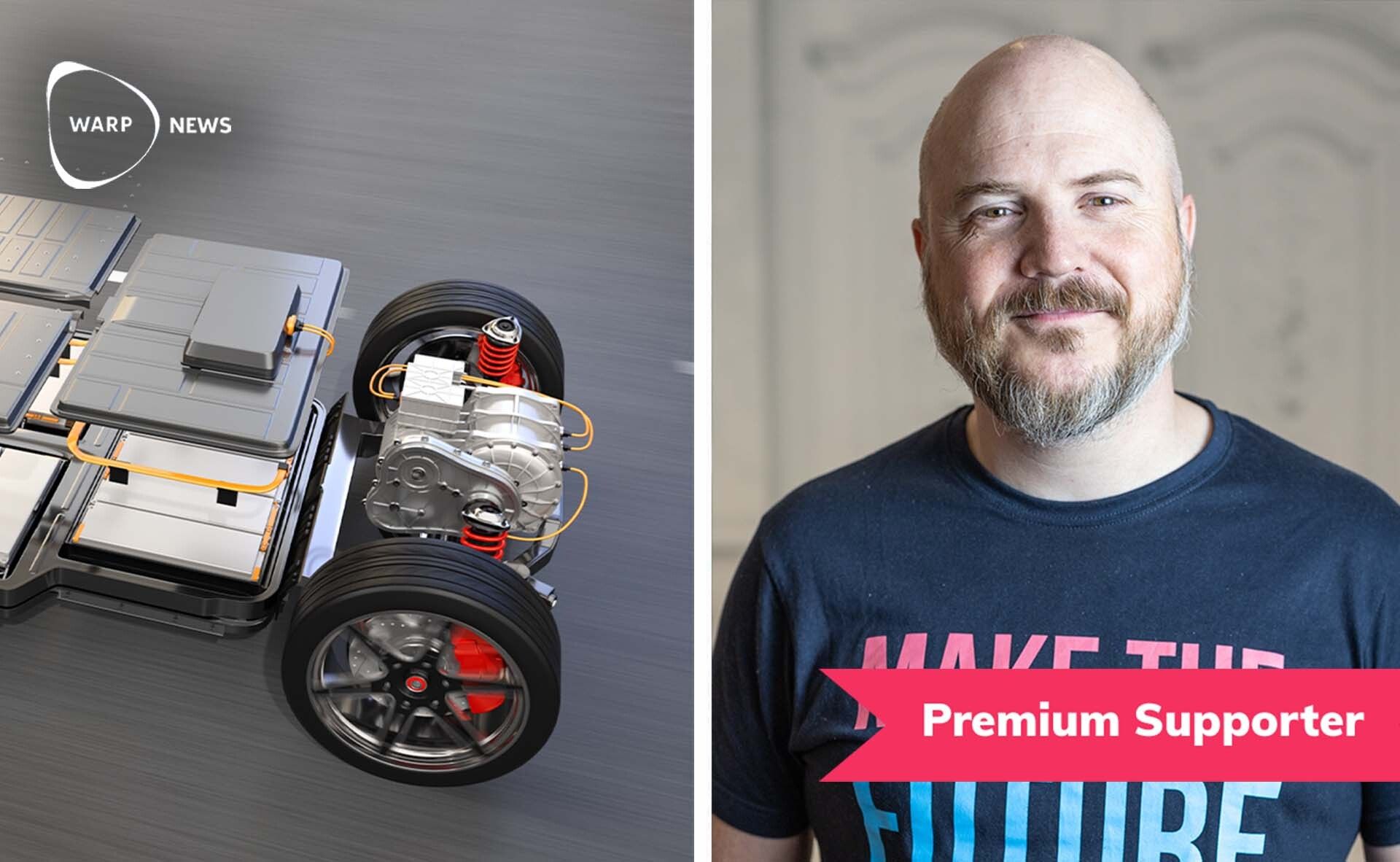
⬆️ Optimism's Theory of Knowledge
The optimist's view differs from the pessimist's in a fundamental respect: the optimist sees what could be done with the half-full glass, what it can be used for, and who might need a little water right now, writes Nicklas Berild Lundblad.
Share this story!
There is a difference between optimism and pessimism which is often lost in the old parable that the optimist sees the glass as half full and the pessimist sees it as half empty. It is that the optimist's gaze differs from the pessimist's in a fundamental respect: the optimist sees what one could do with the half-full glass, what it could be used for and who might need a little water right now. The optimist sees that it is possible to water flowers with it, or maybe use it to mix juice and sell.
The optimist's gaze does not stop in the same way as the pessimist's.
Namely, the optimist rests in another theory of knowledge, where the order of things is not given and where the horizon is a little further away. The optimist sees the glass as part of a network of possible actors and actions and not solely as a glass of water. The pessimist's gaze cuts the world into small pieces and loses hope in the face of each of these small pieces, without seeing how they can be joined together and used to create a better future or a new idea.

This difference between optimism and pessimism is also lost when we compare these two different strategies as if they were only about probability assessments. Will it rain tomorrow? The pessimist says, perhaps based on meteorological forecasts, that it is very likely that it will, while the optimist says that there is probably not much risk.
But they do not answer the same question.
The pessimist answers the question of whether it will rain, and if it does, it shuts down all possibilities of that tomorrow could contain – the optimist instead answers the question of these possibilities, and says that there is not much risk that the rain would mean that we need to cancel our plans.
The optimist places him or herself further ahead in time and solves any challenges in his or her head, while the challenges freeze the pessimist and make him or her stop completely.
It's not a trivial difference, it's not just about seeing opportunities – it's about how we assess the world. If we assess it in greater chunks that can be organized according to the goals we set, or if we focus on individual events and facts that could put an end to our hopes.
The pessimist is reminiscent of a person who gives up when she is put in check in the middle of a game, who only sees the attack and the problem, but not that there are combinations and possible moves that can turn the game around.
The optimist's problem, however, is to delimit the possibilities, to see the game in its entirety but also not to hope that new pieces will come from outer space or that the opponent's king will fall off the board because of old age.
The gaze of the optimist must include the possibilities, but exclude the vanity and the unattainable.
Part of this is about perspective of time. The optimist's gaze is longer, extending deeper into time, than the pessimist. The pessimist sees in seconds, while the optimist can see for hours, days or years – depending on the nature of the problem. The optimist's half full glass may be refilled soon, there may be more water to fetch, but the pessimist's glass is frozen in time, half empty and unchanging.
The optimist and the pessimist thus understand the world in different time and space dimensions, and this is what is lost when we pretend that they see the same glass and judge it differently.
How can we use this in our everyday lives? What can we do differently? Is it possible to practice an optimistic gaze? Absolutely – and it's not very difficult. Visualize your problem on a large white piece of paper and then draw the context and then try to examine it with new questions, such as: where is it no longer a problem? And when does it cease to be a problem?
The optimist's gaze demands that you get out of the pessimist's frozen tunnel vision and take a few steps back, exhale and then continue the game of chess, take a sip of water and explore the possibilities slowly and methodically – because they are always there, in the right resolution and perspective.
By becoming a premium supporter, you help in the creation and sharing of fact-based optimistic news all over the world.


